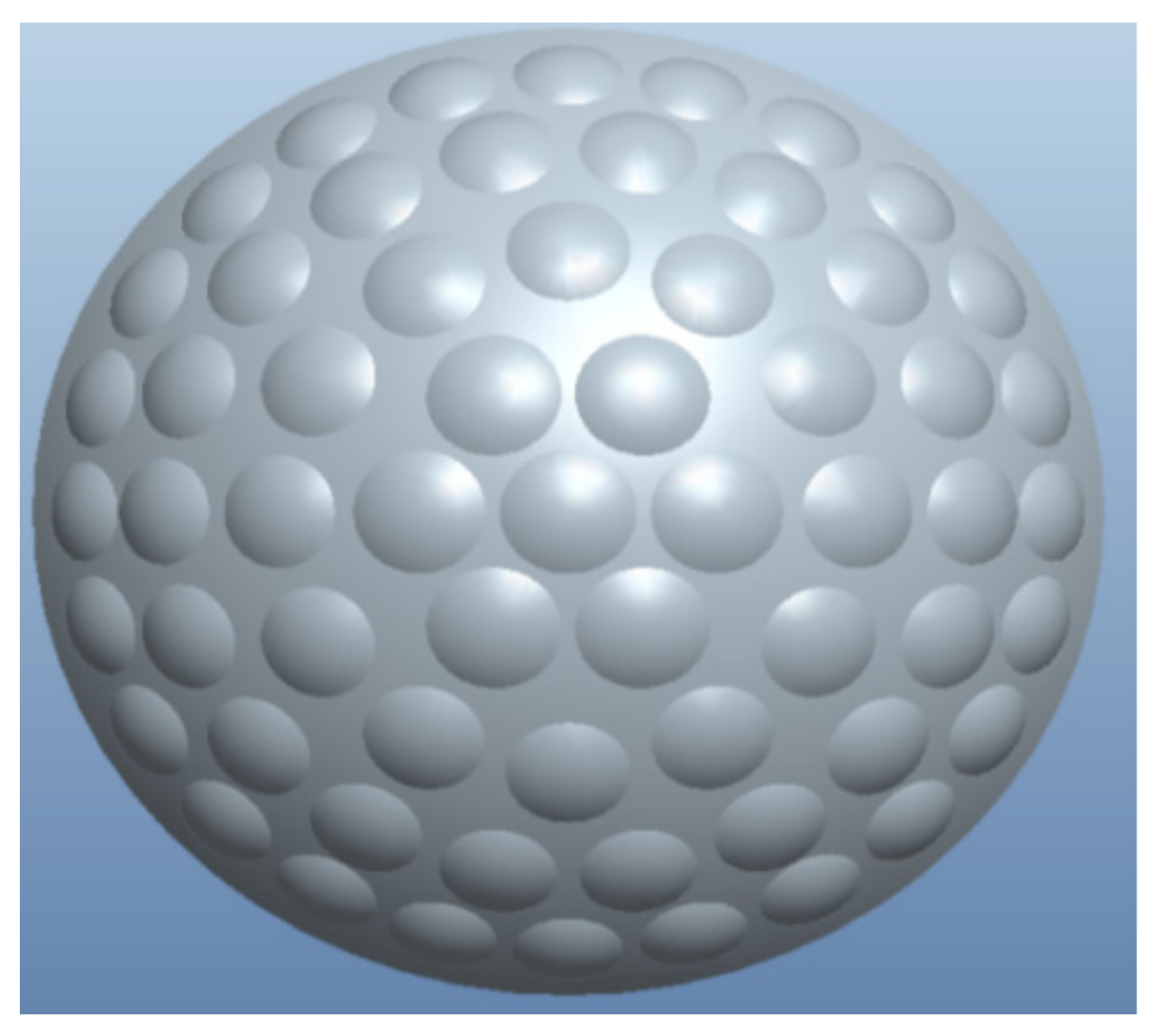Calibration Technique of a Curved Zoom Compound Eye Imaging System
Abstract
:1. Introduction
2. Calibration of a Curved Compound Eye
2.1. Calibration Task
2.2. Holistic Calibration of Compound Eyes
3. Calibration Steps of the Curved Zoom Compound Eye
3.1. Determine the Target Initial Point
3.2. Determine the Initial Distance
4. Target Imaging of Multiple Sub-Eye
4.1. Image Binarization
4.2. Image Filtering
4.3. Gaussian Fitting Spot Centering Algorithm
5. Establishment of Nonlinear Relationships of Spot Center Coordinates
6. Conclusions
Author Contributions
Funding
Conflicts of Interest
References
- Krishnasamy, R.; Thomas, P.; Pepic, S.; Wong, W.; Hornsey, R.I. Calibration Technique for Object Tracking Using a Compound Eye Image Sensor. In Proceedings of the SPIE, Unmanned/Unattended Sensors and Sensor Networks, London, UK, 30 November 2004; Volume 5611, pp. 42–52. [Google Scholar]
- Xue, H.; Zheng, L.; Wu, W. Mophometry of compound eyes of three Bactrocera (Diptera: Tephritidae) species. Fla. Entomol. 2015, 98, 807–809. [Google Scholar] [CrossRef]
- Ahuja, N.A.; Bose, N.K. Design of large field-of-view high-resolution miniaturized imaging system. EURASIP J. Adv. Signal Process. 2007, 2007, 059546. [Google Scholar] [CrossRef]
- Zhang, Z. A flexible new technique for camera calibration. IEEE Trans. Pattern Analys. Mach. 2000, 22, 1330–1334. [Google Scholar] [CrossRef]
- Chen, N.; Birk, J.; Kellery, R. Estimating work piece pose using the feature points method. IEEE Trans. Autom. Control 1980, 25, 1027–1041. [Google Scholar] [CrossRef]
- Lee, G.J.; Choi, C.; Kim, D.H.; Song, Y.M. Bioinspired artifificial eyes: Optic components, digital cameras, and visual prostheses. Adv. Funct. Mater. 2018, 28, 1705202. [Google Scholar] [CrossRef]
- Lee, J.-J.; Jeong, M.-H. Stereo Camera Head-Eye Calibration Based on Minimum Variance Approach Using Surface Normal Vectors. Sensors 2018, 18, 3706. [Google Scholar] [CrossRef] [PubMed]
- Lei, L.; Allen, Y. Development of a 3D artifificial compound eye. Opt. Express 2010, 18, 18125–18137. [Google Scholar] [CrossRef] [PubMed]
- Lin, J.; Kan, Y.; Jing, X.; Lu, M. Design and Fabrication of a Three-Dimensional Artifificial Compound Eye Using Two-Photon Polymerization. Micromachines 2018, 9, 336. [Google Scholar] [CrossRef] [PubMed]
- Zhang, H.; Li, L.; McCray, D.L.; Scheiding, S.; Naples, N.J.; Gebhardt, A.; Risse, S.; Eberhardt, R.; Tünnermann, A.; Yi, A.Y. Development of a low cost high precision three layer 3D artificial compound eye. Opt. Express 2013, 21, 22232–22245. [Google Scholar] [CrossRef] [PubMed]
- Xu, S.; Sun, X.; Liu, X.; Cai, M. Geometry method of camera self-calibration based on a rectangle. Acta Opt. Sin. 2014, 34, 1115002. [Google Scholar]
- Ma, M.; Guo, F.; Cao, Z.; Wang, K. Development of an artificial compound eye system for three-dimensional object detection. Appl. Opt. 2014, 53, 1166–1172. [Google Scholar] [CrossRef]
- Duparré, J.; Dannberg, P.; Schreiber, P.; Bräuer, A.; Tünnermann, A. Artifificial apposition compound eye fabricated by micro-optics technology. Appl. Opt. 2004, 43, 4303–4310. [Google Scholar] [CrossRef] [PubMed]
- Son, H.S.; Marks, D.L.; Hahn, J.; Kim, J.; Brady, D.J. Design of a spherical focal surface using close-packed relay optics. Opt. Express 2011, 19, 16132–16138. [Google Scholar] [CrossRef] [PubMed]
- Tanida, J.; Kumagai, T.; Yamada, K.; Miyatake, S.; Ishida, K.; Morimoto, T.; Kondou, N.; Miyazaki, D.; Ichioka, Y. Thin observation module by bound optics (TOMBO): An optoelectronic image capturing system. Opt. Comput. 2000, 4089, 1030–1036. [Google Scholar]
- Horisaki, R.; Irie, S.; Ogura, Y.; Tanida, J. Three-dimensional information acquisition using a compound imaging system. Opt. Rev. 2007, 14, 347–350. [Google Scholar] [CrossRef]
- Tanida, J.; Mima, H.; Kagawa, K.; Ogata, C.; Umeda, M. Application of a compound imaging system to odontotherapy. Opt. Rev. 2015, 22, 322–328. [Google Scholar] [CrossRef]
- Abdel-Aziz, Y.I.; Karara, H.M.; Hauck, M. Direct linear transformation from comparator coordinates into Object space coordinates in close-range photogrammetry. Photogramm. Eng. Remote Sens. 2015, 81, 103–107. [Google Scholar] [CrossRef]
- Li, L.; Hao, Y.; Xu, J.; Liu, F.; Lu, J. The Design and Positioning Method of a Flexible Zoom, Artifificial Compound Eye. Micromachines 2018, 9, 319. [Google Scholar] [CrossRef] [PubMed]
- Brauchart, J.S.; Grabner, P.J. Distributing many points on spheres: Minimal energy and designs. J. Complex. 2015, 31, 293–326. [Google Scholar] [CrossRef] [Green Version]









© 2019 by the authors. Licensee MDPI, Basel, Switzerland. This article is an open access article distributed under the terms and conditions of the Creative Commons Attribution (CC BY) license (http://creativecommons.org/licenses/by/4.0/).
Share and Cite
Liu, F.; Diao, X.; Li, L.; Hao, Y. Calibration Technique of a Curved Zoom Compound Eye Imaging System. Micromachines 2019, 10, 776. https://doi.org/10.3390/mi10110776
Liu F, Diao X, Li L, Hao Y. Calibration Technique of a Curved Zoom Compound Eye Imaging System. Micromachines. 2019; 10(11):776. https://doi.org/10.3390/mi10110776
Chicago/Turabian StyleLiu, Fengli, Xiaolei Diao, Lun Li, and Yongping Hao. 2019. "Calibration Technique of a Curved Zoom Compound Eye Imaging System" Micromachines 10, no. 11: 776. https://doi.org/10.3390/mi10110776



